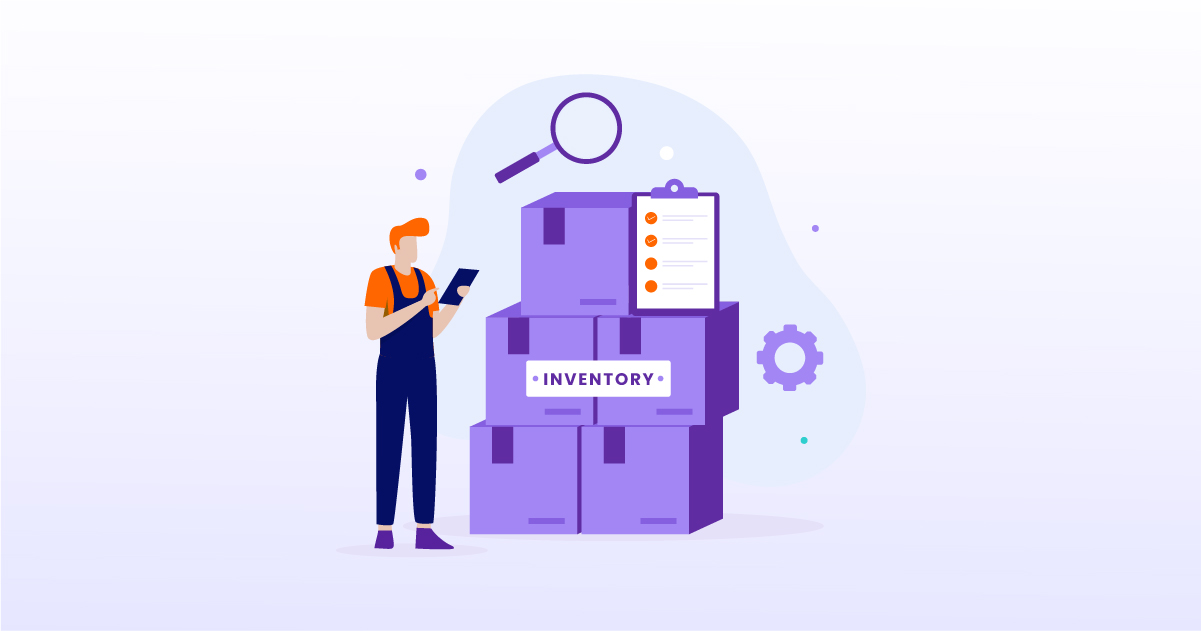Budget, Cost, and Profitability
Before you can open your restaurant, you must be able to answer if the dream is realistic. Can you cover the rent? Do some basic calculations and ensure this is a maintainable model in this neighborhood. Look at your break-even point. What will you generate in revenue and how does that rent affect that? Look at this example:
- Your rent is $100,000 (this should be 8-12% of your revenue to break even)
- Your revenue needs to be 1.2 million a year to meet this.
- This is around $3,676 a day.
- At 50 seats you need to make 100 covers per night with the average check being $36/person.
Use this formula to predict if your business can sustain upon opening. From this point, you can know how much you need to make daily and price your menu accordingly. Paperchase works with every kind of restaurant from QSRs like Five Guys to Michelin concepts, so we know what works for each sector of your business. Our comprehensive services provide financial insights and solutions tailored expertly to your challenges and goals.
Knowing your projected revenue will reveal how much revenue you have for other expenses. Paperchase will help you implement a POS system, accounting software, inventory, and recipe costing application. Start with a barebones mindset when considering these factors and learn which products work for you as you operate a successful business. In a restaurant there are certain costs that are controllable and some that are not. For example, rent is not a controllable cost, but your payroll is. This is why items like scheduling employees are so crucial to the longevity of your business. Similarly, there are variable costs and fixed costs. Variable costs depend on sales, such as commissions for events. Fixed costs, like rent, stay the same so they will always be factored in when analyzing your budget.
Effective Inventory Management

Discover the art of managing your restaurant’s inventory efficiently. Paperchase offers food and beverage inventory training and analytics so you can learn how it impacts costs and influences your bottom line. Keep tabs on your inventory to save money and avoid food spillage or waste. In the early days of opening a restaurant every dollar counts and unmonitored inventory is an easy way to lose money. Better-managed inventory can account for less food loss, increased profits, lower cost of goods, and an overall more efficiently run business. Not only is effective inventory management great for reducing costs, but it also promotes sustainability within your business. Explore sustainable practices that not only benefit the environment but also contribute to long-term cost savings for your restaurant. This includes utilizing each part of the ingredient from stock to stem along with getting creative with recipes when inventory is about to go bad. Inventory that is not used turns into unused cash on shelves. Staying on top of inventory management is how to prevent your business from getting stuck in a cash flow trap.
Staffing Solutions for Success
You cannot run a successful restaurant without a dedicated and passionate team. Explore staffing strategies that strike the right balance between service quality and cost-effectiveness, ensuring a harmonious work environment. When opening a restaurant, you can train your team from the ground up. Consider cross training your staff to save money. Train your servers to be hosts so that you can operate on a streamlined crew during slow period. Labor is one of the most expensive parts of running an operation. Know what shifts you need and do not exceed this. Your staff should be able to upsell and spend time at each table while also not being slow enough to have nothing to do.
Choosing the Right Suppliers

Incorporate the conversation of selecting reliable suppliers into your restaurant’s financial plan. Forge partnerships that contribute to your operation by maintaining cost-effectiveness. Ways to achieve this are ensuring good communication between vendors and making payments on time and for the correct amount. This ties directly into the point on the importance of inventory management. Maintain good vendor relationships by ordering the correct amount each period so as not to have too little inventory or contribute to waste. Cut deals with your vendors by guaranteeing a minimum order for the year at a discounted price. Paperchase can help with credit application and establishing net terms with vendors. Having net terms allows clients to sell first and pay the vendors afterwards, that can be a huge relief when it comes to cash flow management.
Utilizing Technology for Efficiency
Embrace technology to streamline operations and enhance efficiency. From point-of-sale systems to inventory management tools, find the right solutions for your restaurant. When starting out it can seem like there are infinite options for the right technology for your new restaurant, especially when you are trying to find which budget techniques work for you. Paperchase is tech-agnostic so we will adapt to whatever program is the best fit for your needs. When just starting out with a single location, restaurants typically use QuickBooks because it is a more affordable option, but as your venture grows it may be time to switch to a more advanced restaurant finance management software like Restaurant365. Other technologies like Stock Take Online or Margin Edge are used to monitor stock levels, automate restocking procedures, and spot slow-moving merchandise. When considering technology always factor in your budget and start with minimal software to use your money efficiently.
Compliance Planning for Restaurants
Navigate the complex world of restaurant taxation. Discover deductions and credits that can significantly impact your bottom line. It is a best practice to stay up to date on any changes in compliance as taxes are different between local, state, and federal levels. Having an accounting team like Paperchase that is knowledgeable in the intricacies of compliance will be a major asset to your business. Restaurants have certain tax liabilities that a regular accountant does not understand, like CRT taxes or changes in the regularity of sales tax filing. A good safeguard for your business’ financials can be to set up bank accounts specifically for things like taxes so you can guarantee all fees are paid correctly and on time.
Financial Literacy for Restaurant Owners

Empower yourself with financial knowledge and you will be able to make critical, informed decisions about your business. That is why Paperchase has started our Restaurant Finance 101 webinar series to inform the line cooks, bartenders, managers, and servers of today to be the owners and CEOs of tomorrow. We want anyone looking to grow their career in the restaurant industry to have the opportunity to do so. Check out our previous session here.
Measuring Success: Key Performance Indicators
Your restaurant has been open for a few months and things are going well, but you still see untapped potential. Identify and monitor key performance indicators (KPIs) to gauge the success of your financial plan. Paperchase offers premier weekly KPI observation and analysis that includes average spend, labor, and food and beverage costs. Within your restaurant finance analysis, Paperchase provides a monthly Profit and Loss (P&L) review to surveil the profitability of your business. This is done using a variety of metrics like finding your gross profit by subtracting the food and beverage costs from your revenue. Additionally, your specialized hospitality accountant will monitor covers and give analysis week by week. Your weekly report can provide more information about areas for improvement than a P&L. Paperchase is fluent in the language of the spreadsheet, and it is our job to translate so you can create a comprehensive financial plan for your new restaurant.
Conclusion: Building a Sustainable Future
When starting to a restaurant, the path to success is rocky, but mastering financial planning is the cornerstone of any successful business. Paperchase will help you implement these strategies, to ensure you’re not just managing money; you’re building a sustainable future for your culinary venture. Ready to take a leap of faith? Get in touch here and upgrade your financial game.
Read more























